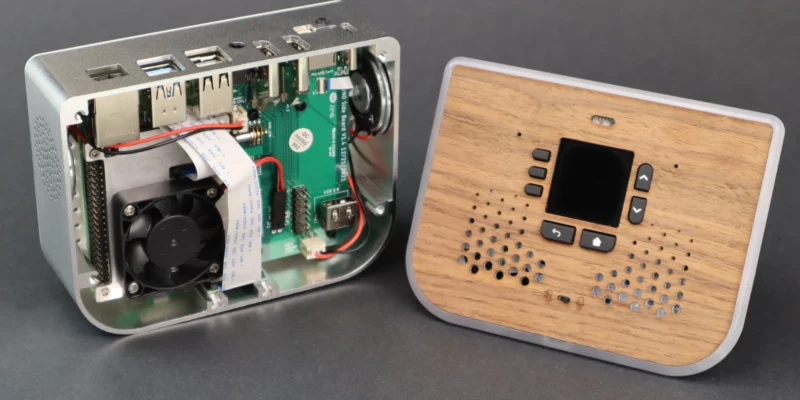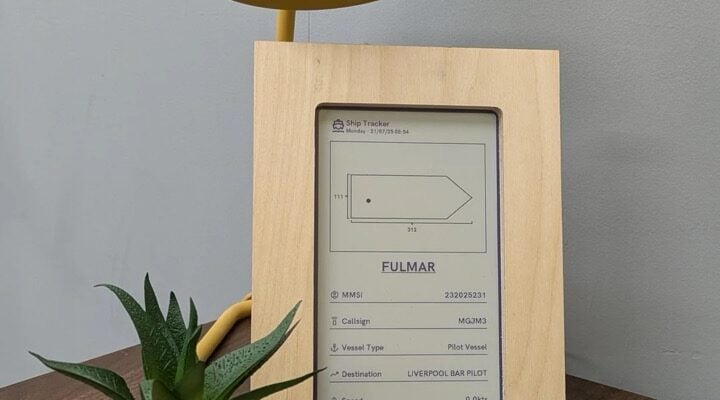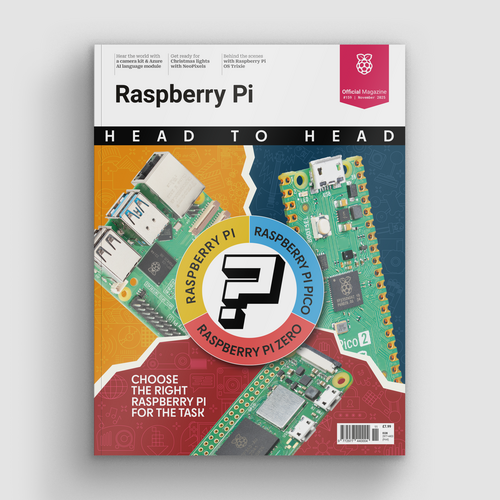Book Review: Code the Classics
By Ben Everard. Posted
This article was originally published as part of HackSpace magazine, which has since been incorporated into Raspberry Pi Official Magazine.

The history of computing is sometimes told as a history of serious analytical progress where scientists, businessmen, and engineers worked together to push electrons through silicon to aid societal advancement. This is total and utter tosh. The history of computing is the history of computer games.
Just as today, the most powerful computer systems ever devised are being used to share pictures of cats, previously, the majority of computer time was spent running, jumping, firing, and punching animated creatures around virtual worlds.
Code the Classics tells this real history of computing, or at least a part of it. We start with a look at Pong, the first computer game to achieve any sort of widespread success, and progress through the years to Sensible Soccer, a classic of the early 1990s.
In this 30-year timespan, computers went from being obscure machines in universities and the back rooms of larger businesses, to a common sight in homes, and it’s thanks to games like the ones covered in Code the Classics that this happened.
Advertisement
Head to head: Raspberry Pi + Raspberry Pi Zero + Raspberry Pi Pico.
With each game, the authors (which include luminaries of the computing world past and present) look at what made the game special and recreate it using a more modern approach. Each game includes a full listing, so you can get it up and running and relive (or experience for the first time) these classic games on modern computing hardware.
Code the Classics is essential reading for anyone interested in game design, computing history, or learning to program.
Verdict: 10 out of 10
Learn the history of computing by recreating it.

Ben is the Editor of HackSpace magazine. When not wrangling words, he enjoys cycling, gardening, and attempting to identify wild mushrooms.
Subscribe to Raspberry Pi Official Magazine
Save up to 37% off the cover price and get a FREE Raspberry Pi Pico 2 W with a subscription to Raspberry Pi Official Magazine.
More articles

All right all right!! Artificial Intelligence, Hollywood style
When we get AI right, odds on it’ll be thanks to small firms, motivated individuals, and Raspberry Pi
Read more →

Pironman 5 Mini review
Compact and bijou, this Raspberry Pi 5 case looks cool
Read more →

E-ink shipping monitor
The display comprises a Raspberry Pi Zero 2 W, a Pimoroni Inky Impression 7.3-inch display, and a Wegmatt dAISy Mini AIS receiver. AIS stands for ‘Automatic Identification System’, and it’s this device that picks up the signals coming from the ships themselves, which goes to the display via the Raspberry Pi Zero 2 W. There’s probably a […]
Read more →
Sign up to the newsletter
Get every issue delivered directly to your inbox and keep up to date with the latest news, offers, events, and more.
